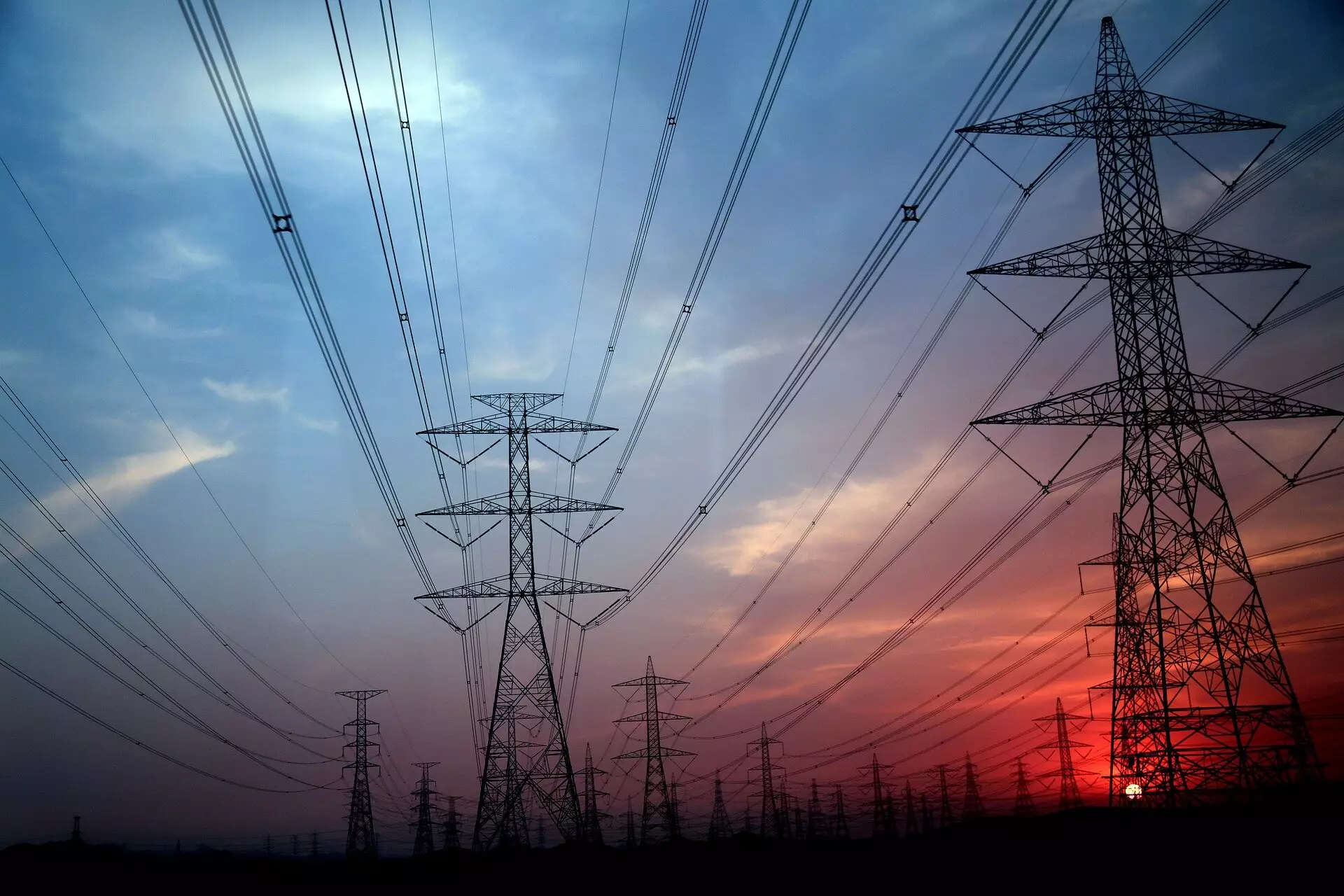As the world navigates the urgent transition toward a low-carbon future, the manner in which energy utilities operate is placing immense pressure on regulators. A recent analysis by scholars from Stanford University and the University of Notre Dame argues for a paradigm shift in utility regulation — one that recognizes the evolving competition between gas and electric utilities. To uphold sustainability commitments and facilitate the necessary decarbonization of buildings, the authors advocate for a holistic approach that unifies the two sectors, enabling more efficient and cost-effective energy solutions.
In light of climate policies aiming to reduce reliance on fossil fuels, state regulators are encountering an unprecedented challenge: how to effectively manage the transition away from gas-dependent infrastructure. According to Joshua Lappen, a co-author of the study, the traditional distinctions between gas and electric utilities are becoming increasingly irrelevant as both sectors vie for dominance in the heating and cooking domains historically monopolized by gas companies.
In response to this changing landscape, the authors of the white paper argue that state public utility commissions (PUCs) must update their regulatory frameworks to foster cooperation rather than competition between utilities. The consequences of maintaining separate infrastructures for gas and electricity are detrimental; a lack of coordination could potentially impede the decarbonization process, escalate costs for consumers, and impose unfair financial burdens on low-income households.
The report aptly notes that the competition playing out between gas and electric utilities often results in “patchwork duplicative energy monopolies.” For instance, consumers are increasingly presented with electric appliances, backed by federal subsidies such as those provided by the Inflation Reduction Act, which further heightens rivalry. This scenario places customers in a quandary, as they are forced to contend with two competing services that provide nearly identical functionalities while paying for the maintenance and operation of separate distribution systems.
The increasing adoption of technologies like electric heat pumps and induction cooktops showcases the potential shift towards electric solutions over traditional gas appliances. However, gas utility companies are not standing idly by; they are actively launching initiatives designed to safeguard their market share, a tactic that could delay broader decarbonization efforts.
In their white paper titled “The Unseen Competition in the Energy Transition: Acknowledging and Addressing Inter-Utility Competition to Achieve Managed Decarbonization,” the authors argue for a consolidated regulatory approach that strategically combines the planning processes of gas and electric utilities. By viewing these sectors as interconnected components of a singular energy landscape, regulators could optimize infrastructure investments and minimize stranded assets, creating a more equitable transition for all energy users.
The call for regulators to consider the merger of overlapping utility services strikes at the heart of establishing a modern energy framework. A more integrated utility model could lead to substantial cost savings, improve service reliability, and enhance the overall efficiency of energy systems across the board.
The report provides a sobering analysis of what inaction might look like. A continuation of unregulated competition could embolden gas utilities to pursue infrastructure growth that ultimately conflicts with decarbonization timelines. As these companies expand their fossil fuel operations, they may impose significant financial risks on consumers, trapping them in long-term commitments that hinder environmental objectives.
Through preemptive regulatory reforms and strategic coordination between utilities, the researchers argue that the U.S. can streamline its transition to a decarbonized energy landscape. Establishing a proactive regulatory environment is essential not only for balancing the competitive tendencies of gas and electric utilities but also for safeguarding consumer interests and preserving economic stability.
In an era marked by urgent climate goals, the framework within which energy utilities operate must evolve correspondingly. As Amanda Zerbe, another co-author of the white paper, eloquently states, “To reach our climate goals, we have to start treating gas and electric utilities as a single energy system.” This statement encapsulates the essence of the ongoing debate around energy regulation; the future of energy efficiency and sustainability hinges on the ability of regulators to rethink traditional paradigms that have long dictated utility operations.
The insights shared in this white paper serve as a rallying cry for a paradigm shift in energy regulation, pushing for enhanced collaboration among utilities as they work towards shared objectives. A unified and strategically planned approach to utility regulation could ultimately pave the way for a more sustainable, efficient, and equitable energy future for all.


Leave a Reply